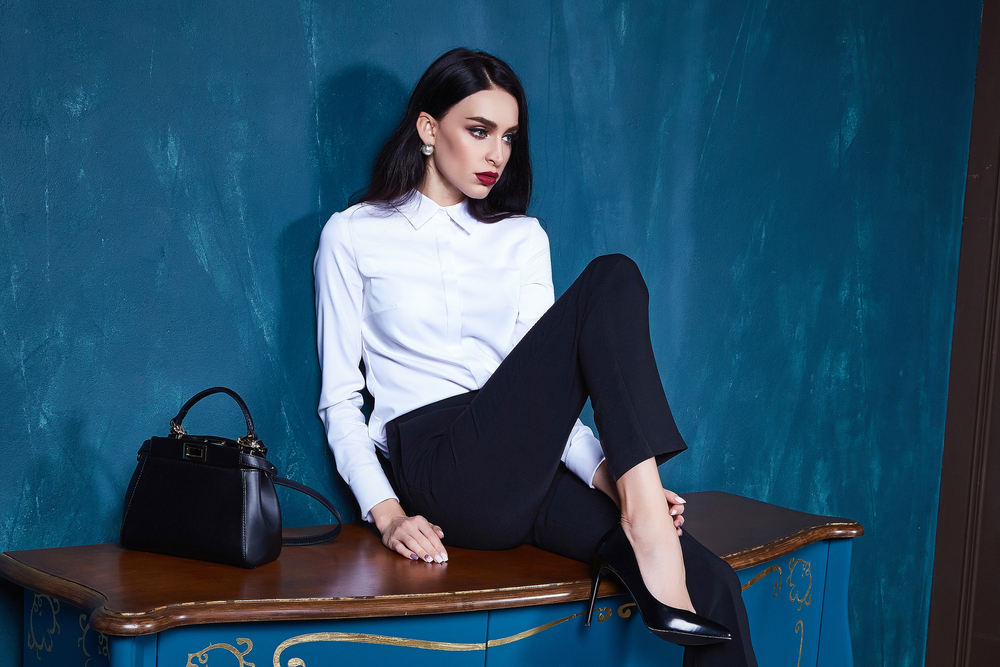
Modeling is a captivating art form that allows men and women to express themselves creatively while showcasing the beauty of various fashion styles. Behind the scenes, there's a lot that goes into creating those breathtaking photoshoots we see in magazines and on billboards. From selecting the right outfits to mastering poses, modeling requires dedication, hard work, and a strong understanding of the craft. In this article, we will demystify the intricate art of modeling (or modelling) and provide you with the essential tools to unleash your potential in stunning photoshoots.
Understanding the World of Modeling
Modeling is much more than just standing in front of a camera and looking pretty. It requires a deep understanding of different modeling types and the ability to adapt to various fashion styles and themes. There are several categories of modeling (by models) , including:
1. Runway Modeling
Runway modeling involves showcasing fashion designs on the catwalk during fashion shows. It requires models to walk confidently, maintain good posture, and exude a strong presence on the runway. The key is to capture the attention of the audience and convey the designer's vision with every step.
2. Fashion Editorial Modeling
Fashion editorial modelling (or modeling) involves high-end fashion photography for magazines and print media. Models in this category need to have strong storytelling abilities as they pose in elaborate outfits and convey emotions through their expressions. It requires versatility and a keen eye for detail to truly excel in this field.
3. Commercial Modeling
Commercial modelling primarily focuses on advertising products or services. Models in this category are seen in catalogs, commercials, and promotional material. The emphasis is on relatability and connecting with the target audience. It's essential to convey the product or service's message effectively and convincingly.
Becoming a Successful Model
Now that we've explored the different types of modeling let's dive into the steps towards becoming a successful model:
1. Building a Strong Portfolio
A modeling portfolio is your visual resume and the first impression you make on agencies and clients. It's crucial to work with professional photographers who can capture your versatility and range. Include a variety of shots, showcasing different styles, poses, and expressions. Update your portfolio regularly to reflect your growth and development as a model.
2. Mastering Posing Techniques
Posing is an art form in itself. Study different poses used by experienced models and practice them in front of a mirror or with a photographer. Experiment with angles, body language, and facial expressions to convey a range of emotions and moods. Develop your unique posing style while also being adaptable to the specific requirements of each shoot.
3. Nurturing Professional Relationships
Networking is vital in the modeling industry. Build relationships with photographers, makeup artists, stylists, and other industry professionals. Attend industry events, fashion shows, and workshops to connect with like-minded individuals and gain exposure. A strong network can open doors to new opportunities and collaborations.
4. Maintaining a Healthy Lifestyle
Being a model requires you to take care of your body and mind. Maintain a balanced diet, follow an exercise routine, and get enough sleep. Practice self-care and prioritize mental well-being to handle the pressure and demands of the industry. Remember that beauty comes in all shapes and sizes, and your health should always be your top priority.
Frequently Asked Questions
1. How do I find the right modeling agency for me?
Finding the right modeling agency is essential for a successful career. Research different agencies that specialize in your modeling type and style. Look for agencies with a good reputation, positive reviews, and a roster of successful models. Submit your portfolio online or attend open casting calls to get noticed.
2. Can I start modeling without any prior experience?
Yes, you can start modeling without prior experience. However, it's essential to build a strong portfolio and gain some basic knowledge of the industry. Attend modeling workshops or classes to learn about posing techniques, runway walking, and grooming. Take advantage of social media platforms to showcase your work and attract potential clients.
3. How important is confidence in modeling?
Confidence is a key attribute for success in modeling. It helps you command attention, conquer the runway, and deliver captivating performances during photoshoots. Work on building your self-confidence through practice, positive affirmations, and seeking feedback from industry professionals.
4. Are there any age restrictions in modeling?
The modeling industry has various categories for different age groups. While there are no strict age restrictions, certain types of modeling, such as runway and high-fashion editorial, typically focus on younger models. However, commercial and lifestyle modeling often embrace models of all ages.
5. How do I handle rejection in the modeling industry?
Rejection is a common part of the modeling industry. It's important to remember that it's not a reflection of your worth or potential. Keep a positive mindset and learn from each experience. Use rejection as an opportunity to grow, refine your skills, and prove your resilience. Success often comes after perseverance.
Modeling is an intricate art that requires perseverance, versatility, and the ability to adapt to different situations. By building a strong portfolio, mastering posing techniques, nurturing relationships, and prioritizing self-care, you can unleash your potential in stunning photoshoots. Remember to stay true to yourself and enjoy the journey. With dedication and hard work, the world of modeling can be an exciting and rewarding path to follow.
Other useful resources
- https://blog.planetmodelphoto.com
- https://en.wikipedia.org/wiki/Category:Modeling_agencies